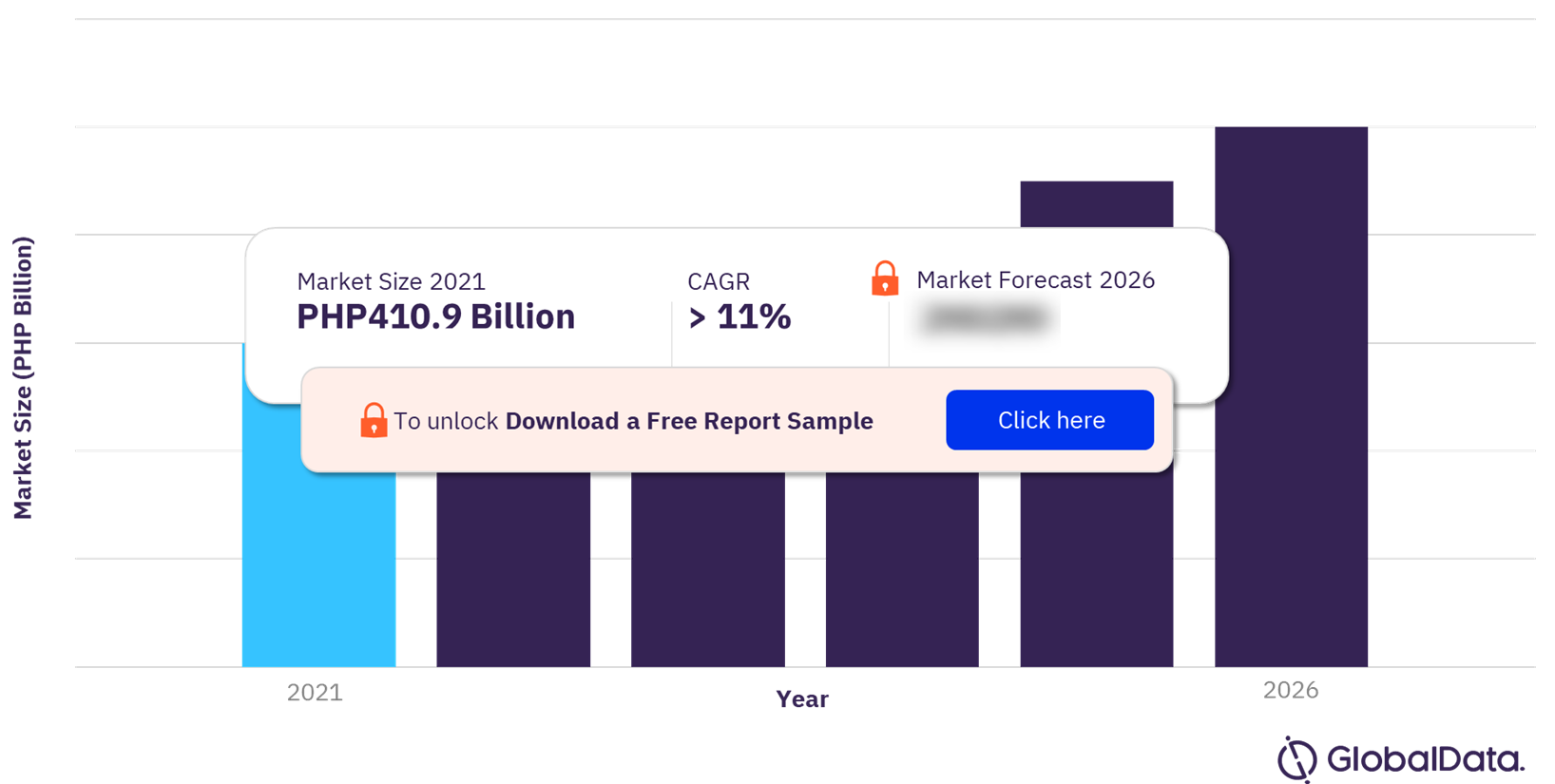Introduction: The Philippines has long been a significant player in the global tobacco industry. The country's cigarettes market has witnessed substantial growth over the years, driven by a combination of factors such as a large smoking population, cultural practices, and economic dynamics. In this article, we will delve into the various aspects of the Philippines cigarettes market, including current trends, challenges, and the future outlook.
-
Market Overview: The Philippines cigarettes market has traditionally been dominated by several major tobacco companies, both domestic and international. Some of the prominent players in the market include Philip Morris International, Japan Tobacco International, and Fortune Tobacco Corporation. These companies offer a wide range of cigarette brands catering to diverse consumer preferences.
-
Smoking Prevalence: Smoking remains a prevalent habit in the Philippines, with a significant portion of the population actively engaging in tobacco consumption. According to the 2015 Global Adult Tobacco Survey, nearly 22 million Filipino adults are smokers. The cultural acceptance of smoking and the affordability of cigarettes contribute to the sustained demand in the market.
-
Government Regulations: The Philippine government has implemented various measures to regulate the cigarettes market and curb smoking prevalence. The Sin Tax Reform Law, introduced in 2012 and subsequently revised in 2019, aimed to increase excise taxes on tobacco products, making them more expensive and less accessible. These regulations have had a mixed impact, leading to reduced cigarette sales for some brands while encouraging the emergence of illicit trade and counterfeiting.
-
Growing Health Awareness: In recent years, there has been a noticeable shift in public perception regarding the health risks associated with smoking. Increased awareness campaigns, anti-smoking initiatives, and stricter regulations have contributed to changing attitudes towards cigarettes. This changing landscape poses both challenges and opportunities for tobacco companies, as they navigate the demand for healthier alternatives and reduced-risk products.
-
Rise of E-cigarettes and Vaping: The emergence of electronic cigarettes and vaping devices has gained significant traction in the Philippines. E-cigarettes are seen by some as a potential harm reduction tool or a smoking cessation aid. However, the regulatory environment surrounding these products remains relatively uncertain, and the long-term health effects are still under investigation.
-
Illicit Trade: One of the significant challenges faced by the Philippines cigarettes market is the prevalence of illicit trade. Illicit tobacco products, including smuggled or counterfeit cigarettes, pose a threat to legitimate businesses and government revenue. Addressing this issue requires a multi-faceted approach involving enhanced border controls, collaboration between law enforcement agencies, and stricter penalties for offenders.
-
Future Outlook: The future of the Philippines cigarettes market is likely to be shaped by evolving consumer preferences, regulatory changes, and advancements in tobacco harm reduction technologies. Tobacco companies will need to adapt to shifting consumer demands, including a growing interest in reduced-risk products, while complying with stringent regulations.
Conclusion: The Philippines cigarettes market continues to be a complex and dynamic landscape. While smoking prevalence remains significant, there are increasing efforts to reduce tobacco consumption and raise awareness about the associated health risks. The market's future will depend on the industry's ability to innovate, address regulatory challenges, and provide alternatives that align with changing consumer preferences. Ultimately, striking a balance between public health concerns and economic viability will be crucial for the sustained growth of the Philippines cigarettes market in the years to come.
For more insights on the Philippines tobacco market forecast, download a free report sample

